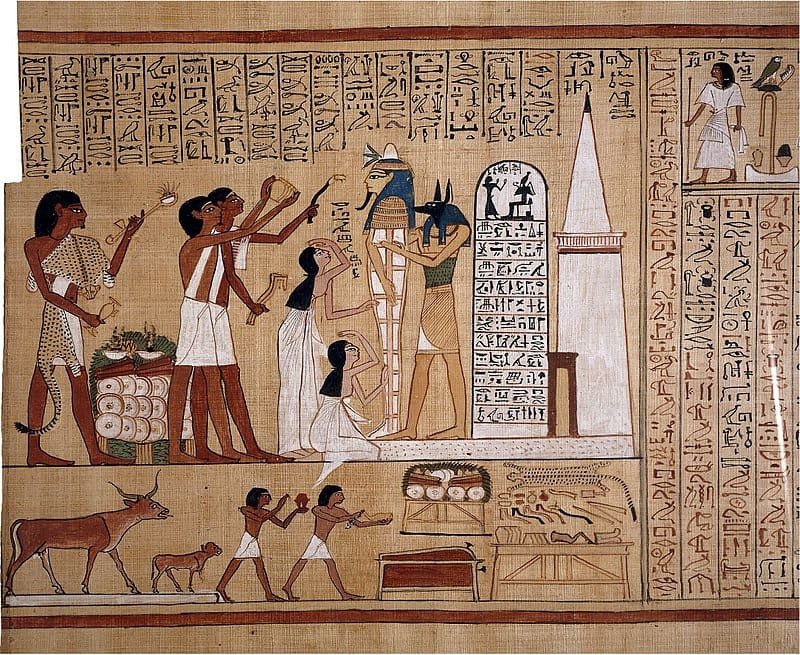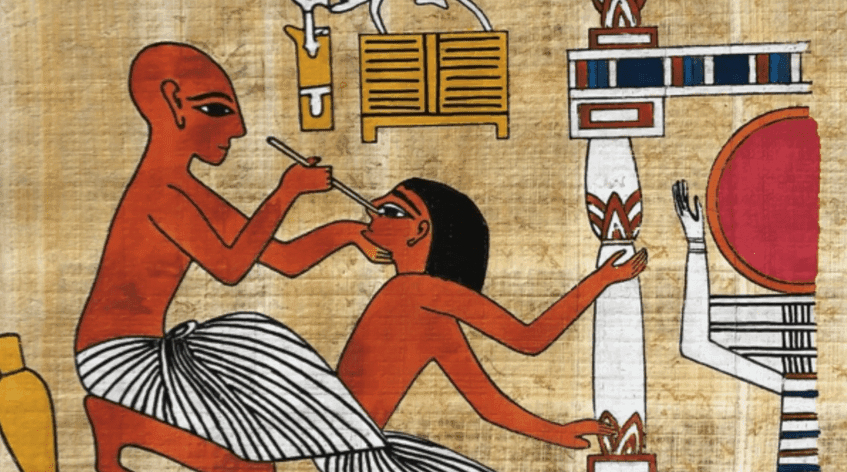- Egypt Tour Magic
- Egypt Tour Packages
- Excursions in Egypt
- Cairo Tours and Excursions
- Hurghada Tours and Excursions
- Soma Bay Tours and Excursions
- Makadi Bay Tours and Excursions
- Sahl Hasheesh Tours and Excursions
- El Gouna Tours and Excursions
- Marsa Alam Tours and Excursions
- Port Ghalib Tours and Excursions
- El Quseir Tours and Excursions
- Dendera and Abydos Day Tours
- Aswan Tours and Excursions
- Luxor Tours and Excursions
- Alexandria Tours and Excursions
- Sharm El Sheikh Tours and Excursions
- Top Rated Tours in 2025
- Optional Excursions in Egypt
- Private Transfer
- Blogs About egypt
- Ancient Egypt
- What You Need To know Before Your First Trip To Egypt
- Best Places to Visit in Egypt 2025
- Top Attractions in Red Sea Resorts 2025
- Top 10 Tourist Activities in Egypt
- Top 30 Activities You Can’t Miss in Egypt
- The Guide to Guided Tours in Egypt
- Egypt’s Ancient and Modern History
- The Nile River
- The Deserts of Egypt
- Historical Sites in Egypt
- Cairo
- Alexandria
- Luxor
- Aswan
- The Red Sea
- Dendera Temple
- El Fayoum Oasis
- Bahariya Oasis
- Siwa Oasis
- Al Alamein
- Marsa Matruh
- Ancient Egyptian gods
- famous Egyptian dishes
- UNESCO World Heritage sites
- About Us
- Why Egypt Tour Magic
- Egypt Tour Magic
- Egypt Tour Packages
- Excursions in Egypt
- Cairo Tours and Excursions
- Hurghada Tours and Excursions
- Soma Bay Tours and Excursions
- Makadi Bay Tours and Excursions
- Sahl Hasheesh Tours and Excursions
- El Gouna Tours and Excursions
- Marsa Alam Tours and Excursions
- Port Ghalib Tours and Excursions
- El Quseir Tours and Excursions
- Dendera and Abydos Day Tours
- Aswan Tours and Excursions
- Luxor Tours and Excursions
- Alexandria Tours and Excursions
- Sharm El Sheikh Tours and Excursions
- Top Rated Tours in 2025
- Optional Excursions in Egypt
- Private Transfer
- Blogs About egypt
- Ancient Egypt
- What You Need To know Before Your First Trip To Egypt
- Best Places to Visit in Egypt 2025
- Top Attractions in Red Sea Resorts 2025
- Top 10 Tourist Activities in Egypt
- Top 30 Activities You Can’t Miss in Egypt
- The Guide to Guided Tours in Egypt
- Egypt’s Ancient and Modern History
- The Nile River
- The Deserts of Egypt
- Historical Sites in Egypt
- Cairo
- Alexandria
- Luxor
- Aswan
- The Red Sea
- Dendera Temple
- El Fayoum Oasis
- Bahariya Oasis
- Siwa Oasis
- Al Alamein
- Marsa Matruh
- Ancient Egyptian gods
- famous Egyptian dishes
- UNESCO World Heritage sites
- About Us
- Why Egypt Tour Magic
Ancient Egyptian Medicine: Healing and Surgery
Ancient Egyptian medicine was one of the most advanced and influential medical systems in the ancient world. It combined practical medical knowledge with spiritual and religious beliefs, demonstrating a sophisticated understanding of anatomy, diseases, and healing. The Egyptians believed that illness resulted from both physical and spiritual causes, and thus, healing required a combination of medical treatment and spiritual rituals. Ancient Egyptian doctors, who were highly respected members of society, used a variety of medicinal herbs, surgical techniques, and magical spells to treat ailments. The Ebers Papyrus, one of the oldest medical texts known, contains numerous recipes for healing and provides valuable insight into their methods of diagnosis and treatment.
One of the key contributions of ancient Egyptian medicine was the use of herbal remedies such as garlic, cumin, aloe vera, and myrrh to treat various ailments. For example, garlic was used for its antibiotic properties, while aloe vera was applied to treat burns and skin conditions. The Egyptians were also skilled in surgical practices, using copper tools to perform complex surgeries, including trepanation (the process of drilling holes in the skull to treat head injuries or mental illness). They were highly proficient in wound care and fracture treatment, often using splints and bandages made from linen to stabilize broken bones.


In addition to their physical treatments, ancient Egyptians also used spiritual and religious methods to promote healing. They invoked the gods, such as Sekhmet, the goddess of healing, or Imhotep, the god of medicine, in their healing rituals. Magical spells and incantations were recited as part of the treatment process to appease the gods and restore balance to the patient’s body and soul. This combination of medical and spiritual healing made Egyptian medicine unique in the ancient world.
Imhotep, the vizier and physician to Pharaoh Djoser, is perhaps the most famous figure in ancient Egyptian medicine. Imhotep was later deified as the god of healing, and his contributions to medicine, architecture, and writing have been celebrated for millennia. His teachings and knowledge were passed down and influenced the development of medical practices in ancient Greece and Rome. The Greeks, in particular, admired Egyptian medicine, and figures like Hippocrates, often referred to as the father of modern medicine, were influenced by Egyptian medical texts.
Another significant contribution of ancient Egyptian medicine was the understanding of anatomy. While much of their knowledge came from embalming practices, the Egyptians had a surprisingly advanced understanding of the human body. They performed detailed anatomical observations, and their practices in mummification helped them learn about internal organs, the circulatory system, and the preservation of the human body after death.
The medical papyri from ancient Egypt, such as the Ebers Papyrus, Edwin Smith Papyrus, and Kahun Papyrus, are among the most important documents to survive from ancient times. These texts contain extensive medical knowledge, including diagnoses, treatments for diseases, and detailed anatomical descriptions. They also provided guidelines for treating common ailments such as headaches, infections, and eye conditions.
Key Importance: Ancient Egyptian medicine laid the groundwork for modern medicine through its combination of practical treatment methods, surgical skills, and early understanding of anatomy. The Egyptians were among the first to document their medical knowledge systematically, influencing later civilizations such as Greece, Rome, and even Islamic medicine during the Middle Ages. The integration of physical and spiritual healing, as well as their development of herbal medicine, surgical practices, and medical ethics, made Egyptian medicine a cornerstone of medical knowledge for centuries.


